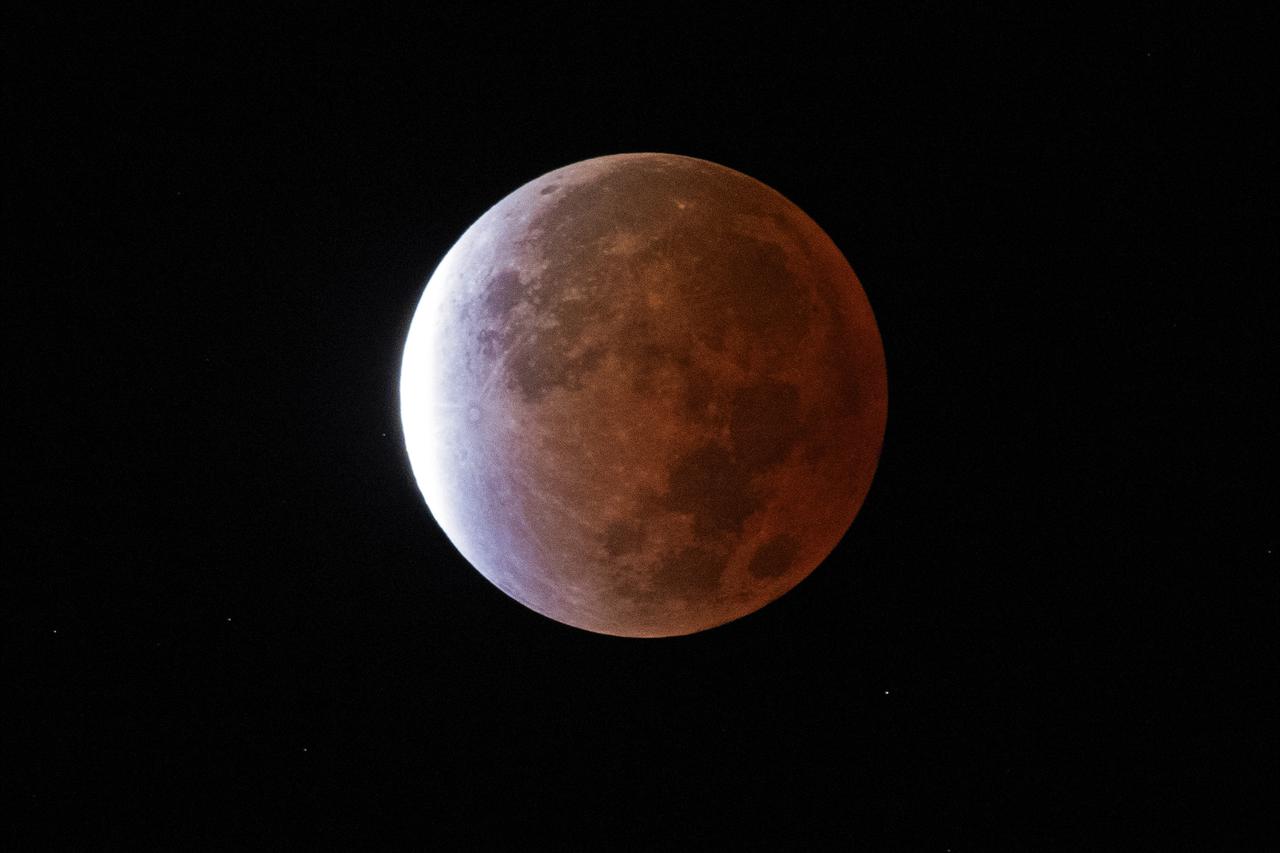
NASA has awarded a total of $1.5 million to two U.S. teams for their novel technology solutions addressing energy distribution, management and storage as part of the agency’s Watts on the Moon Challenge. The innovations from this challenge aim to support NASA’s Artemis missions, which will establish long-term human presence on the Moon.
Team H.E.L.P.S. (High Efficiency Long-Range Power Solution) from the University of California, Santa Barbara won the $1 million grand prize. Their team developed a low-mass, high efficiency cable and featured energy storage batteries on both ends of their power transmission and energy storage system.
Orbital Mining Corp., a space technology startup in Golden, won the second prize of $500,000 for its hardware solution, which excelled in a rigorous 48-hour performance test. Its innovative system features a high-voltage converter paired with a lightweight cable and lithium-ion battery, demonstrating impressive efficiency and reliability.
This two-phase competition challenged U.S. innovators to develop breakthrough power transmission and energy storage technologies that could enable long-duration Moon missions to advance the nation’s lunar exploration goals. The final phase of the challenge concluded with a technology showcase and winners’ announcement ceremony at Great Lakes Science Center, home of the visitor center for NASA’s Glenn Research Center in Cleveland.
“Congratulations to the finalist teams for developing impactful power solutions in support of NASA’s goal to sustain human presence on the Moon,” said Kim Krome-Sieja, acting program manager for NASA Centennial Challenges at NASA’s Marshall Space Flight Center in Huntsville, Ala. “These technologies seek to improve our ability to explore and make discoveries in space and could have implications for improving power systems on Earth.”
Four teams were invited to refine their hardware and deliver full system prototypes in the final stage of the competition, and three finalist teams completed their technology solutions for demonstration and assessment at NASA Glenn. The technologies were the first power transmission and energy storage prototypes to be tested by NASA in a vacuum chamber mimicking the freezing temperature and absence of pressure found at the permanently shadowed regions of the Lunar South Pole.
The simulation required the teams’ power systems to demonstrate operability over six hours of solar daylight and 18 hours of darkness with the user three kilometers (nearly two miles) away from the power source.